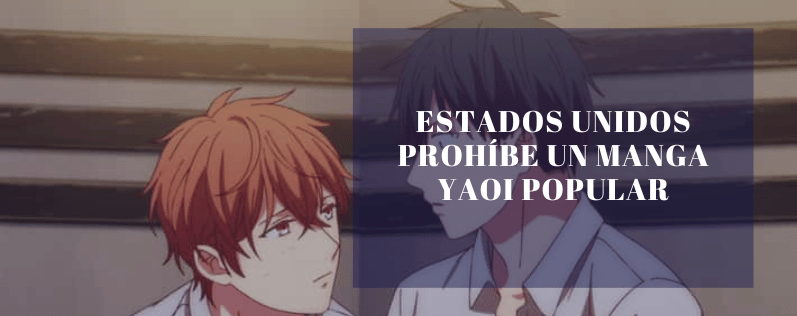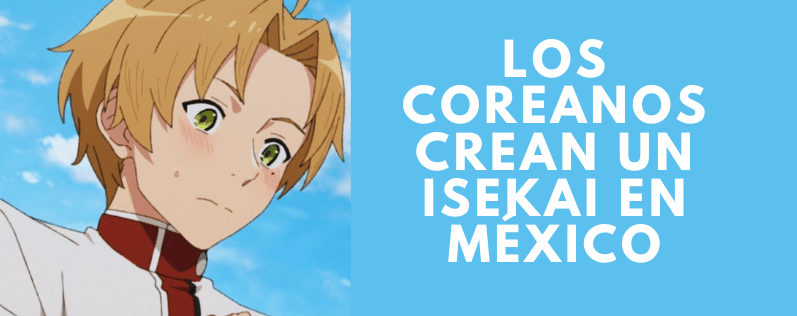U.S. bans popular yaoi manga

U.S. bans popular yaoi manga: A step towards censorship or a necessary protection?
The beginning of the controversy: Why was it banned?
Recently, a school district in Florida, U.S.A., decided to ban the popular manga yaoi "Sasaki to Miyano" by Sho Harusono, along with other titles, as part of a growing trend of censorship in school libraries. The Brevard County school board vote culminated in a close 3-2 vote in favor of the ban, despite the Florida Book Review Committee's recommendation to keep manga available in libraries.
The main reason is the depiction of a romantic relationship between two male teenagers, which some board members deemed "inappropriate" for young audiences. This type of decision is not new in the United States, where books that explore issues related to sexuality or gender identity are often the subject of controversy and bans.
A broader debate: Censorship and its implications
The banning of "Sasaki to Miyano" is not an isolated case; more than 1,600 books have been restricted in U.S. schools in recent years, many of them related to the LGBTQ+ community. Jennifer Jenkins, a school board member who voted against the measure, openly criticized the decision, arguing that an "avalanche" of censorship is being promoted under the guise of protection.
In fact, controversy over censorship of content in media such as manga and anime is not new, but with the rise in popularity of these formats among young people around the world, the debate over what content is "appropriate" has intensified.
Interestingly, the prohibition of "Sasaki to Miyano"was given in parallel with the suggestion of other titles in school libraries, such as Sailor Moona series that also includes LGBTQ+ relationships. This contradiction underscores how subjective the criteria for bans can be and reinforces the debate about the extent to which works that address sexual diversity and gender identity should be restricted.
Censorship or protection?
Proponents of the ban argue that LGBTQ+ themed content can generate confusion in younger students and affect their emotional development.
However, critics such as Jenkins argue that banning these themes not only invisibilizes diversity, but also reinforces prejudice and fosters intolerance. The fact that "Sasaki to Miyano" contains no explicit scenes, but has been banned because of the nature of the relationship it presents, is seen by some as a clear example of discrimination towards LGBTQ+ content.
In contrast, other manga that were banned, such as Damsel by Elana K. Arnold, do contain explicit depictions of rape, raising a question about inconsistencies in U.S. censorship policies.
Why are certain topics prioritized for banning while others, which may be more graphic, go unnoticed in the debate? This double standard reflects the complexity of the censorship landscape and how social and moral values play a role in these decisions.
Frequently Asked Questions
Why was the manga "Sasaki to Miyano" banned?
It was banned for its depiction of a romantic relationship between two male teenagers, which some school board members considered inappropriate for younger students, despite not containing explicit material.
Is this ban part of a broader trend?
Yes, the United States has seen an increase in bans of books and other media dealing with issues related to gender identity and sexuality, especially in the educational setting.
Why weren't other manga with LGBTQ+ content banned?
The banning of certain titles appears to be inconsistent, as other series that also contain LGBTQ+ relationships, such as. Sailor Moonare still recommended by the same institutions.
Personal opinion
Such bans reflect a struggle between traditional values and the growing acceptance of diversity in modern societies.
While it is understandable that some parents and educators want to protect children from certain topics, censoring content that deals with sexual diversity can be counterproductive, as it reinforces stigmas and limits access to varied representations of love and relationships. Rather than banning, open dialogue and education that allows young people to develop critical thinking about these issues should be encouraged.
Conclusion
The prohibition of Sasaki to Miyano in Florida school libraries is just one example of how censorship continues to be a topic of debate in many parts of the world. While some see these measures as a way to protect children, others see them as an attack on freedom of expression and discrimination against LGBTQ+ people. The question remains: should we restrict access to certain content or better educate our young people to understand the diversity of the world around them?
If you have been interested in this topic and want to continue exploring more news and analysis, please feel free to check out our blog! Here you will find up-to-date content and unique perspectives on otaku culture and much more.




Responses